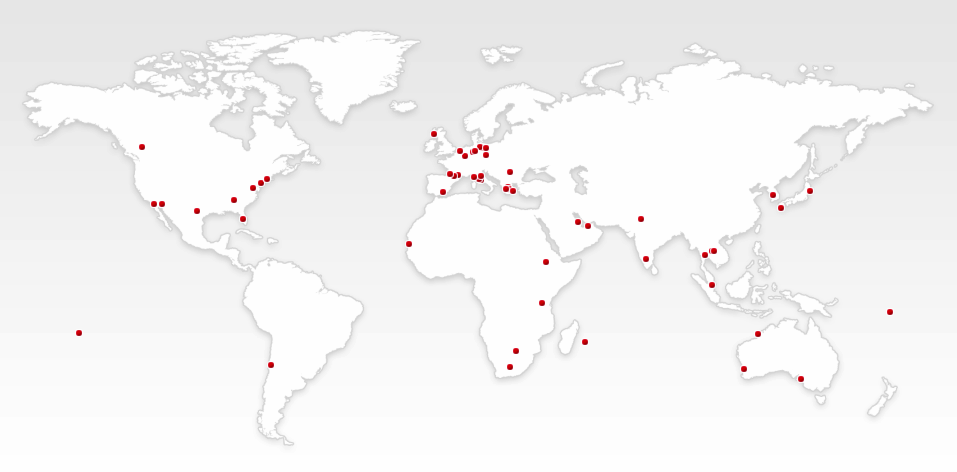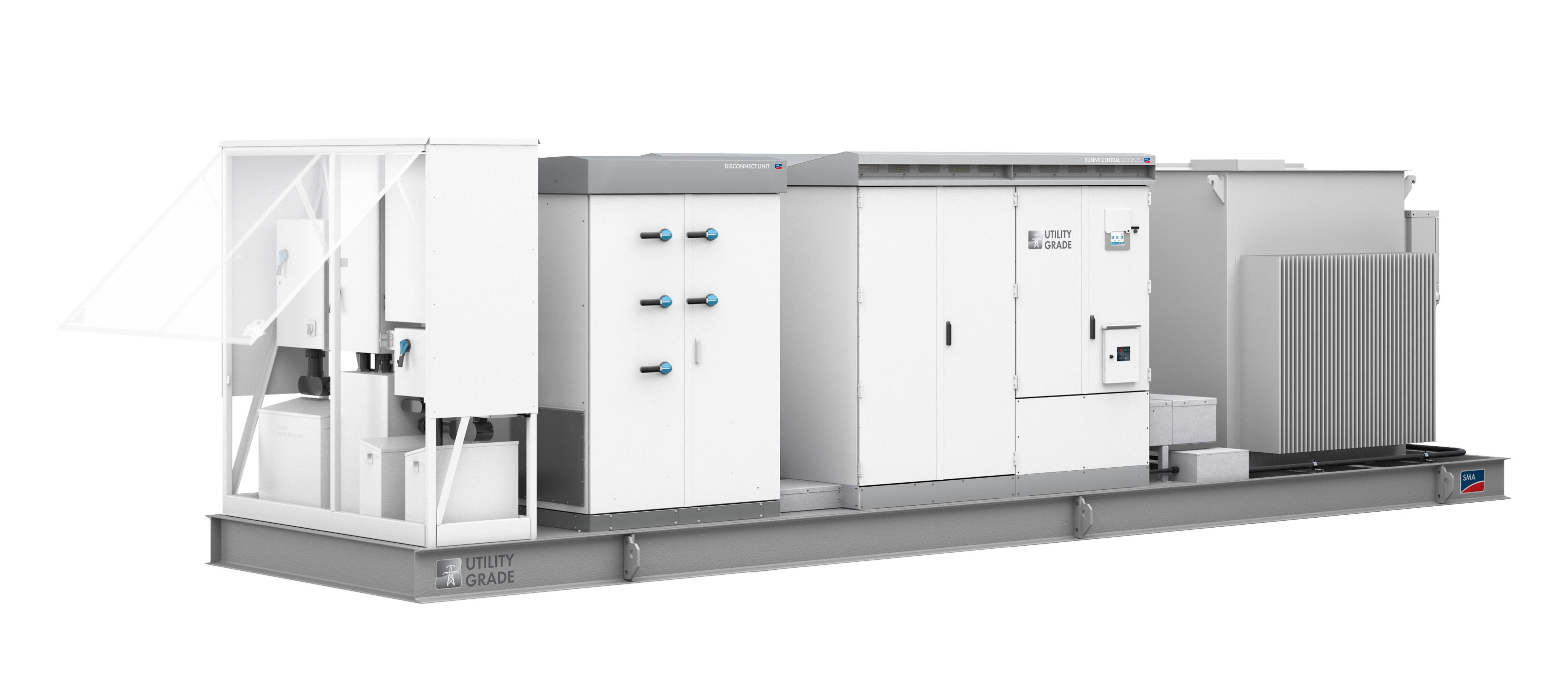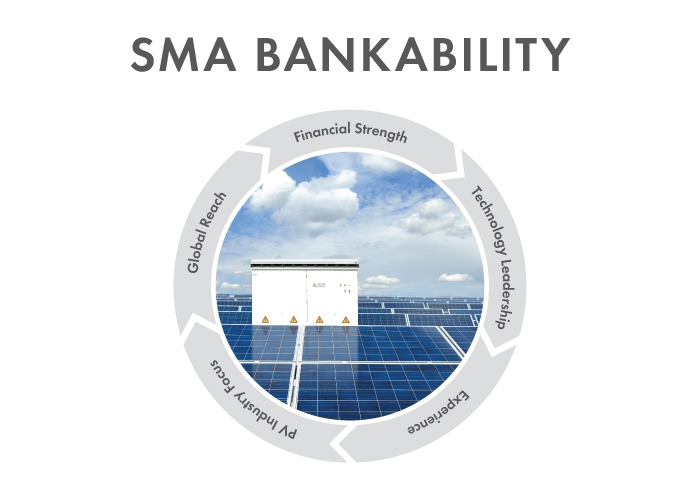Redefining Bankability in Utility-Scale PV

Over the last two years solar equipment prices have plummeted by as much as 70 percent, making utility-scale PV plants a more attractive option for investors of all types. However, project financing still remains a complex and costly task for many utility- scale PV system developers.
U.S. Growth & Projections
The United States is expected to see a 30 percent growth in PV installations by the end of 2013, according to a recent study by SEIA and GTM Research. The report states that the utility segment of PV completed 38 total projects in the second quarter of 2013, totaling 452 MW.
While PV plant costs have been falling at an unprecedented rate, price alone does not eliminate all potential risks for investors. What truly makes a PV plant “bankable”? We will examine that topic in the following article.
Despite the hugely successful build-out of PV in Europe over the last 10 years, due to a lack of familiarity with technologies and suppliers, U.S. market investors continue to view PV as a higher-risk investment than other options for their capital.
Various solar incentives—such as state and utility Renewable Portfolio Standards (RPS), the Federal Investment Tax Credit (ITC), and the post-recession emergence of financial institutions with suitable tax appetites—have helped create an environment where solar project developers and their equity and debt partners can get deals done. However, project financing remains a complex and costly task for many utility-scale PV system developers.
Binary Metric or Sliding Index?
To help facilitate these deals, suppliers have relied on “bankability” of their products and technologies. However, despite this apparent flight to quality, project transaction costs remain high. Suppliers do themselves a disservice by presenting the term “bankability” as a binary metric: either a product or supplier is bankable or not. In reality, bankability should be an index, with suppliers placed along a continuum of risk.
Projects built with technologies from lower-risk suppliers should be afforded a decreased cost of capital than those from higher-risk suppliers. Project developers and their finance partners should benchmark these risks to create a bankability index.
The Key to Performance and Risk Mitigation

An inverter is the “brain” of the PV plant, playing a critical role in energy production, delivery schedule, management, and grid integrity.
In utility-scale PV, all those gigawatts of direct current must flow through inverters to ultimately reach the grid. Inverters, therefore, play a central role in project risk mitigation. Many of the well- known components of risk are directly linked to the PV inverter: energy production (off-take), delivery schedule, operations, management, and grid integrity, to name a few. In PV, as with most investments, best practices dictate allocating these risks to the parties best capable of managing them.
When developing a bankability index, financial strength and stability are foremost factors. Utility- scale PV investments typically have a 20-year design life, if not longer. Developers and finance partners with output guarantees and liquidated damages on the line look to inverter suppliers to back up these guarantees either with extended warrantees or careful due diligence to provide the assurance that the plant will still be operating in year 10, 20 or 30. In this area, one trend in which solar PV can be expected to follow the wind industry’s lead is the decreased reliance on extended warranties in favor of more stringent supplier selection and due diligence. Among others, project stakeholders should look to common financial metrics, such as debt-to-capital ratio and cash flow per share, to properly understand the relative stabilities of inverter suppliers.
Technology Leadership
Developers should also insist on technology leadership. Unlike solar modules, racking systems and other balance-of-system components, leading inverter suppliers can differentiate themselves by the dynamic performance of their technology, which directly affects energy yield and project returns. Although initial capital costs are quite close among leading inverter companies, energy harvest over the project lifetime can vary significantly. Developers, investors, utility off-takers and other stakeholders should rely on leveled cost of energy, Posit analysis and other long-term metrics in order to properly compare proposals from one supplier to another and reduce the risk of insufficient production to meet contractual obligations.
Global Reach

SMA has experience in PV markets around the globe with inverters installed in all types of climates and connected to all types of grids.
Another critical factor is whether inverter technology suppliers have global reach with sufficient local resources. As the solar market moves rapidly beyond its reliance on Germany and other countries—like the U.S., China, Japan and South Africa—become meaningful consumption markets, developers themselves must continue to go global in order to achieve best-in-class cost structures. Engineers and plant designers who can rely on a single, stable set of products, regardless of project location, can reduce the risk of margin erosion as their businesses scale.

SMA’s Compact MV Power Platform utilizes leading technology to increase yield, improve reliability, and reduce system costs.
PV Industry Focus
Also, inverter suppliers must have sufficient focus and critical mass. As the solar market achieves truly global scale, established energy and industrial corporations have entered the market through acquisitions of smaller inverter suppliers. Since power plant development is a capital-intensive endeavor, these new entrants can be viewed in a positive light. However, one should look carefully at the revenue and profit contribution of the inverter business relative to the overall size of the company. Will the parent company reinvest profits in the growth of the PV industry or will the inverter business suffer in contention for internal investment?
Experience Matters
Finally, developers should leverage the experience of their suppliers. Every PV project is unique, and small variations in module technology, site conditions or utility interconnect requirements can affect the performance of the inverter and, therefore, project returns. Developers should ask for detailed references from suppliers and be cautious of new entrants promising oversized returns with technology unproven over the long term.
As the utility-scale PV industry achieves true scale, accurate risk assessment and mitigation in project financing is critical in enabling developers to deliver consistent returns. Developers who effectively benchmark suppliers using metrics like a bankability index can shorten the finance cycle, improve returns and increase project turnover.




Feel free to contribute!